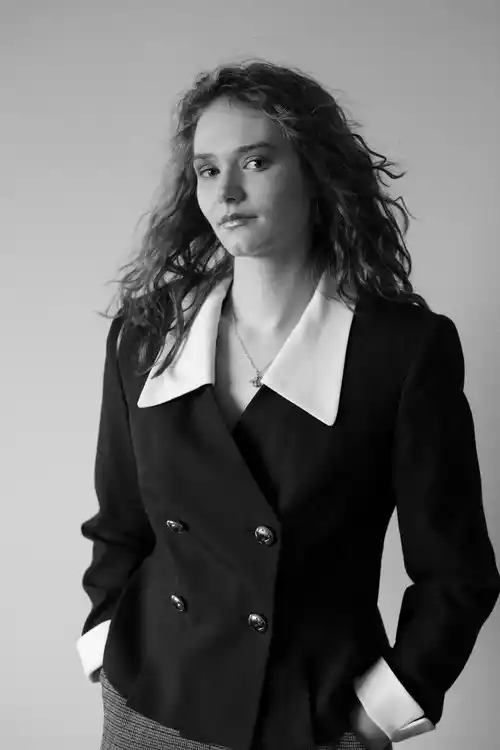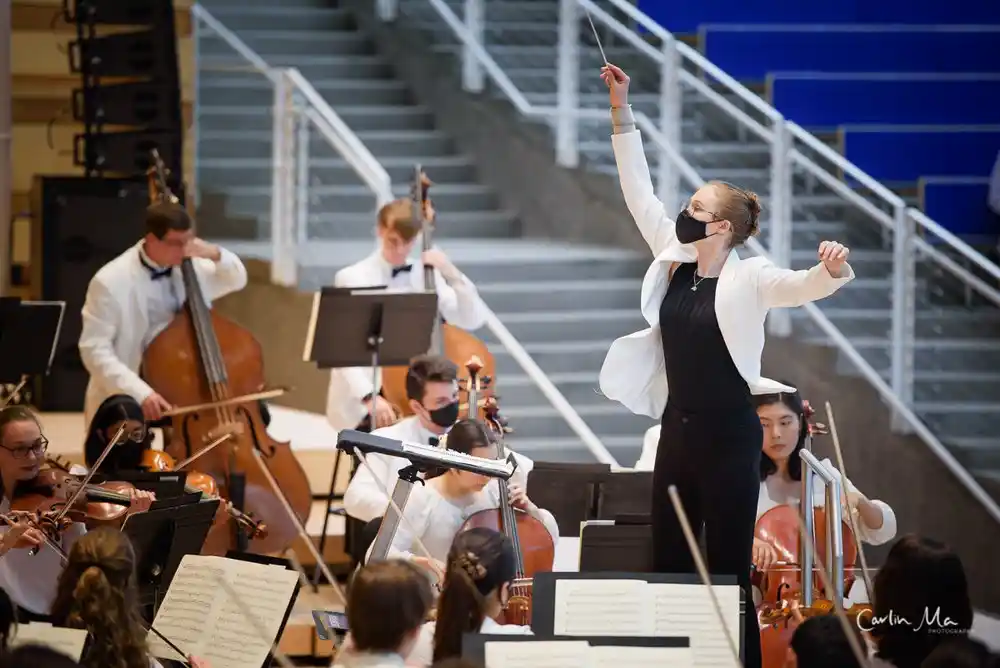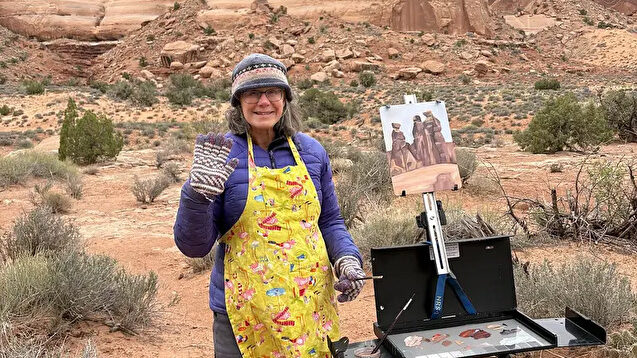Some information may be outdated.
Maya Miro Johnson’s newest composition will be performing during the Moab Music Festival’s Colorado Currents concert on August 31, held at Red Cliffs Lodge. Johnson and fellow composer Roydon Tse were chosen by the festival’s Commissioning Club to create new pieces inspired by the Colorado River.

The concert will also feature works by other renowned composers, including Salt Lake City’s John Costa and Diné composer/pianist Connor Chee.
This week, we spoke to Johnson about the role of technology in her music and how a trip to Moab inspired her work.
Moab Sun News: Can you tell us a little about the piece of music you composed for the Moab Music Festival?
A: My piece is an abstract story that tells the history of the Colorado River in geologic time. It’s divided into seven sections, each representing millions of years and a major event in the river’s history. The music is meant to evoke the vastness of geologic time and how it contrasts with human time.
MSN: What was your process for writing the piece like?
A: I was fortunate to be brought out here for a research trip where I met with guides, geologists, and others involved with the river. Their insights helped me understand the river’s history and its importance to the region.
I also used live data from the river, such as salinity and acidity levels, to generate some of the music using a software called Max MSP. This allowed me to create a unique soundscape that reflects the river’s changing conditions. I also altered the tuning of the string instruments to create a sense of unease and disorientation, mirroring the disruption caused by human intervention in the natural world.
MSN: That seems pretty unusual! Is technology often something that comes into play in your work?
Yes, most of my work right now fits in the nexus between the flesh and the cyber. I have a real interest in cyborgs, which comes from my personal experience using medical devices to keep myself alive and functioning. I’m really interested in the politics of the body and also how we perceive media and technology in relationship to our body.
MSN: What inspired you to focus on the contrast between human time and geologic time?
A: Living in cities and being surrounded by technology can make us forget the slow, gradual processes that shape our world. I wanted to create a piece that would encourage people to think about time on a larger scale and appreciate the natural forces that have shaped the Colorado River.
MSN: Tell us a bit more about your visit to Moab and how it impacted the piece.
It was wonderful. I’m kind of an urbanite person and I’ve lived in a big city for a long time, so I feel like I don’t connect with nature a lot on a daily basis. Meeting local river guides really helped me understand how that’s a huge portion of real life that I’m missing out on. I got to see how a connection with these really wild landscapes can change your outlook on how to live a life. One thing that stuck with me was seeing how guides could literally read the landscape. There’s a part of my piece where everything stops and the players face the rock formation where they’re performing. In the composition, I gave them instructions that they’re should kind of follow or trace the ridge of the rock with their instrument [as if it was sheet music], basically giving them the space to kind of read the landscape in homage to the geologists and guides that I had met who were able to read the rock literally and interpret its story, its history, and its meaning.
MSN: How does the Moab Music Festival compare to other festivals you’ve participated in?
A: The Moab Music Festival is unique in that it hasn’t wavered from its focus on the local community and its natural surroundings. The festival truly feels like a celebration of the Moab area and its unique beauty.
For more information or to purchase tickets to this year’s Moab Music Festival, go to moabmusicfest.org
Appreciate the coverage? Help keep local news alive.
Chip in to support the Moab Sun News.





